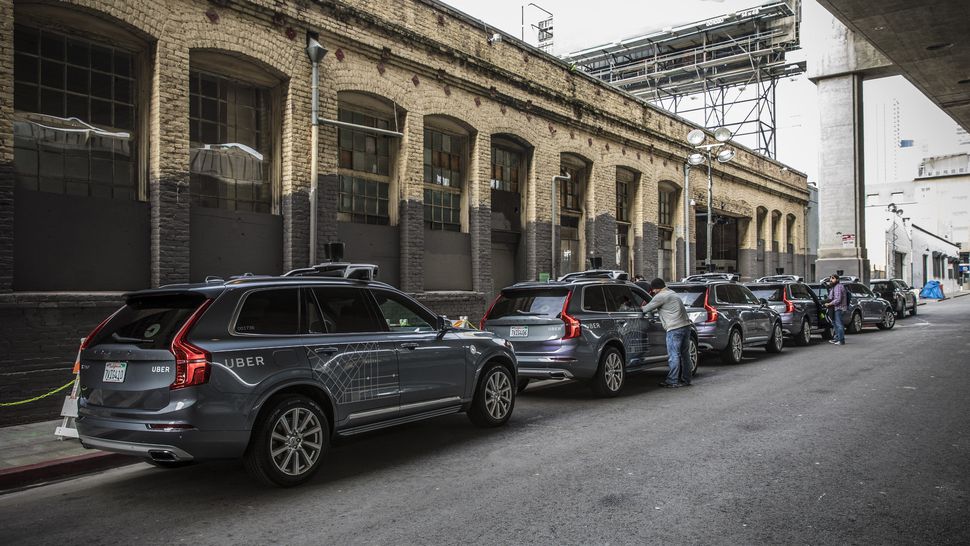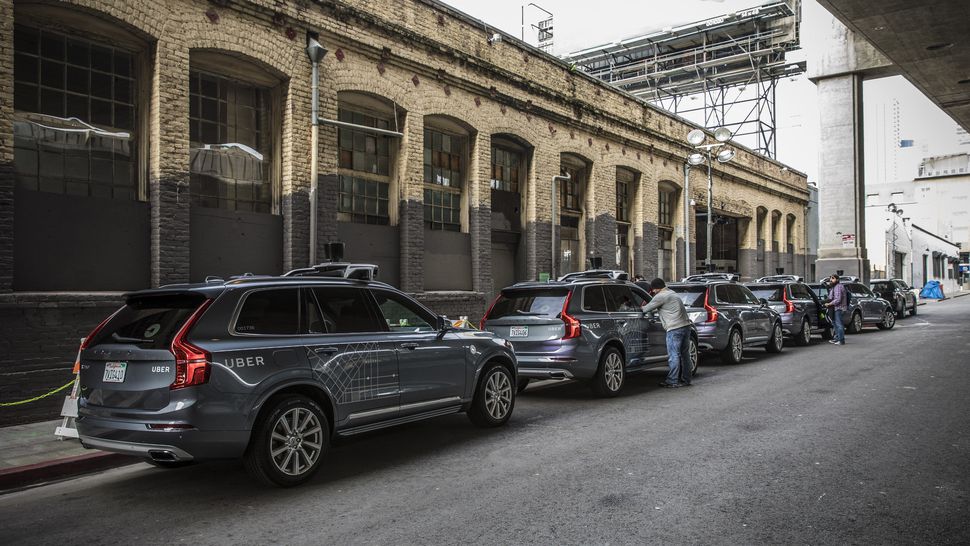
An clear setback for self-driving cars is the deficiency of eyeballs for noticing points like highway building or pedestrians.
That is why startup Carmera desires to produce up-to-day maps that can alert self-driving vehicles about obstructions that other platforms like Google Maps or Apple Maps may overlook.
The firm on Thursday announced a partnership with the City of New York, in which Carmera will share knowledge with the city’s Office of Transportation on points like historic pedestrian analytics and true-time building detection. The firm stated it truly is checking out how the metropolis can in convert supply it with accessibility to essential knowledge to boost the precision of road inventories. Carmera also stated Thursday that it truly is elevated $20 million in Sequence B funding led by GV (previously Google Ventures).
The startup’s principal merchandise is its Autonomous Map, which gives large-definition maps and navigation info to self-driving vehicles in true-time. Carmera partnered with autonomous automobile agency Voyage in January to power self-driving taxis.
Carmera truly will get this mapping info from vehicles equipped with cameras and pushed by human beings. These vehicles accumulate knowledge and then share it with the autonomous map.

The firm’s new true-time occasion and transform administration motor can pinpoint gatherings that could influence your ETA, and make be aware of points like building and law enforcement exercise. The motor is becoming deployed in locations like New York, San Francisco, Seoul and Tokyo.
Whilst other mapping solutions can flag points like lane closures and then depart it up to motorists to determine what to do, that selection is no more time feasible when a automobile is driving alone, Carmera co-founder and CEO Ro Gupta explained to TechCrunch.
‘What they will need to know is how do I route system about it?’ he advised the publication.
It normally takes Carmera’s map milliseconds to detect a transform, seconds to classify it and minutes to entirely validate and redraw the foundation map.

